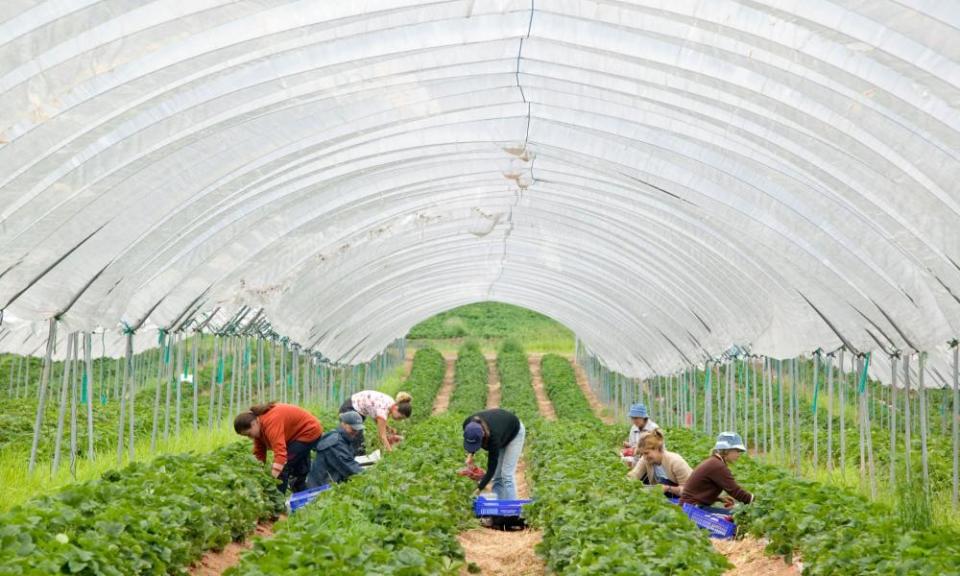Weatherwatch: Growing food in plastic is changing the weather

Fields of plastic are a common and somewhat dazzling sight, with their neat rows of polyethylene film helping to suppress weeds, keep young veg seedlings cosy, conserve water and extend the growing season. But that’s not all that plastic mulch does; research shows that this method of farming is also changing the weather.
Shujing Qin, and her colleagues at Wuhan University in China, used a weather forecasting model to assess the impact that plastic mulch and drip irrigation had in arid regions. Running their model over five growing seasons they found that the combination of plastic mulch and irrigation increased local temperatures by about 0.7°C and humidity by nearly 25%. Meanwhile, irrigation on its own suppressed temperatures by 1.3°C (because more of the sun’s energy is used up in evaporating the additional water), while pushing up humidity by over one-third. They presented their findings at the Frontiers in Hydrology meeting last month, in San Juan, Puerto Rico.
Such changes are significant enough to increase local rainfall, and when applied across a large enough area can even affect regional weather patterns such as the monsoon cycle. Understanding these unintended consequences is important, particularly in arid regions where the impact of irrigation and plastic mulch may exacerbate an already marginal growing climate.

 Yahoo Movies
Yahoo Movies 